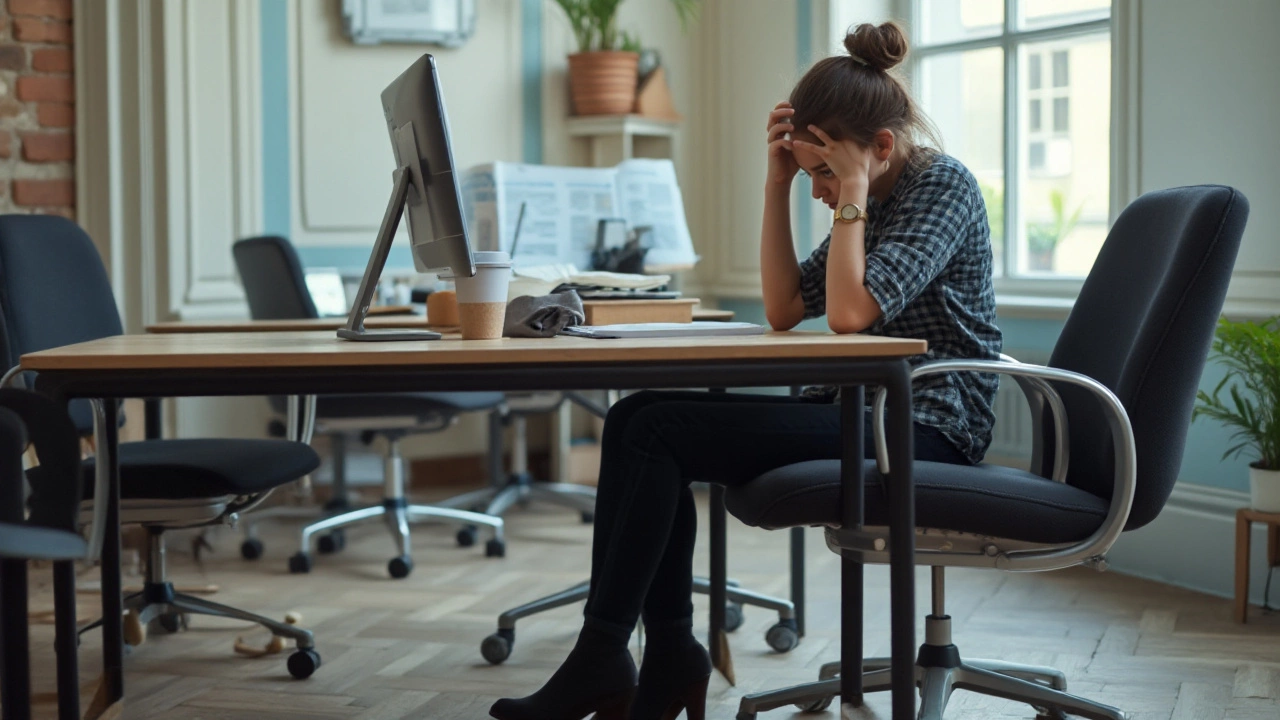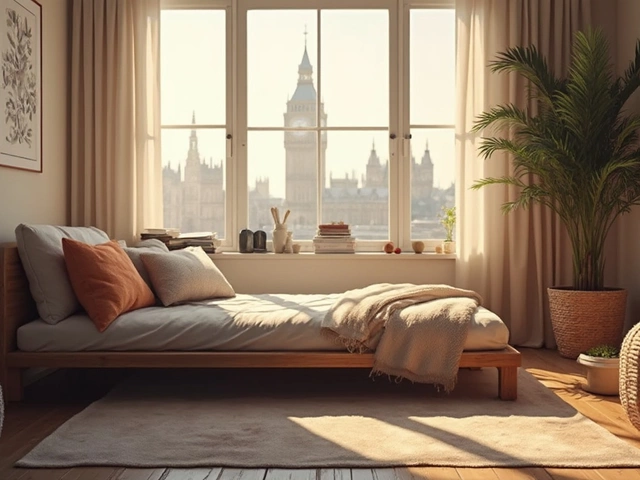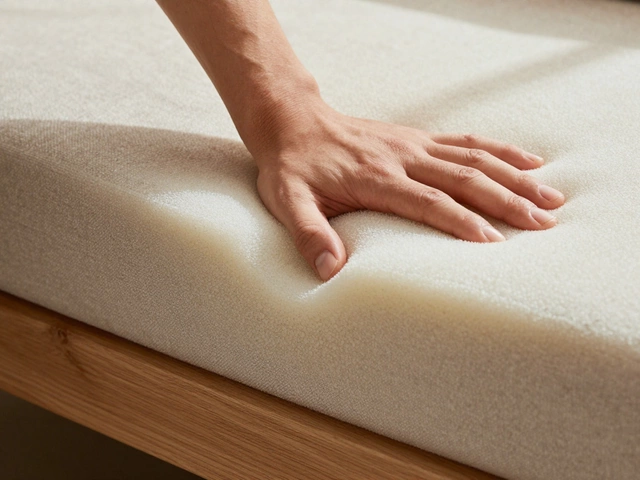Posture Made Simple: Furniture Tips for Better Health
Good posture isn’t just for the gym – it starts with the furniture you use every day. The right sofa, chair, or TV set‑up can keep your spine happy and stop aches before they start. Below are practical moves you can make right now, no need for a remodel.
Choose the Right Seating
When you pick a sofa or office chair, look for solid back support. A seat that slouches forces your shoulders forward and strains the lower back. Test the depth – your elbows should rest comfortably with a small gap between the back of your knees and the seat. If the cushions are too soft, add a firmer pad or replace the cushion with a high‑density foam.
Armrests matter, too. They should let your arms drop at a 90‑degree angle, keeping shoulders relaxed. A desk chair with adjustable height and lumbar support can extend the life of your back by up to years, according to simple ergonomics guidelines.
Arrange Your Space for Good Alignment
TV placement is a hidden posture culprit. Mount the screen so the middle is at eye level when you’re seated. That way you avoid craning your neck up or down. If you prefer a stand, choose one that lets you raise the TV to the right height without extra shelves.
Coffee tables should be low enough to keep your elbows close to the body while you reach for a mug. A 12‑inch height works for most sofas, but measure your own arm length to be sure. Too high a table forces you to lift your shoulders, adding tension.
Keep pathways clear. Walking around a crowded room forces you to twist and turn, which can hurt the spine over time. Arrange side tables and storage pieces so you can move straight from chair to door without awkward bends.
If you store furniture in a garage or storage unit, think about moisture. Damp wood can warp, making chairs uneven and hurting posture when you sit. Use climate‑controlled storage or add a dehumidifier to keep wood flat and sturdy.
Finally, don’t forget the floor. A rug that’s too thick can hide an uneven floor, causing chairs to tilt. A thin, non‑slip rug gives a stable base and helps you maintain a balanced stance.
Small changes add up. By picking supportive seating, setting screens at eye level, and keeping the room tidy, you protect your back while looking great. Your furniture works for you – make sure it does.





